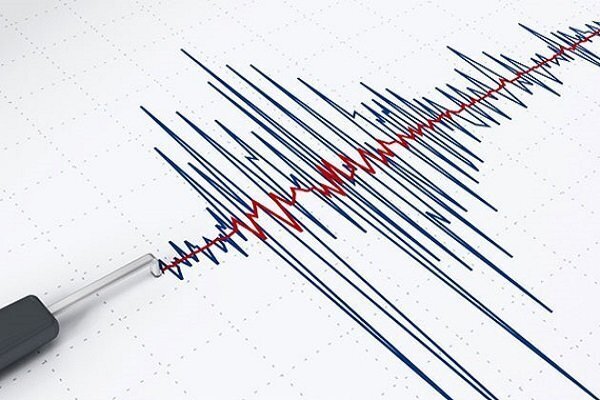Japan, a nation accustomed to the rumblings of seismic activity, found itself shaken yet again as a magnitude 6.0 earthquake struck the East Coast of Honshu on April 4th. The event added to a series of recent tremors that have rattled the region, serving as a stark reminder of Japan’s vulnerability to geological upheavals.
According to reports from the European-Mediterranean Seismological Centre, the quake’s epicenter was registered at a depth of 32 kilometers beneath the Earth’s surface. However, the National Center for Seismology cited a depth of 55 kilometers. While the discrepancy in depth remains, what’s clear is the unsettling pattern of seismic activity in the area.
This recent quake follows closely on the heels of a tsunami alert issued on April 3rd for Japan’s Okinawa, triggered by a powerful 7.5 magnitude earthquake originating in Taiwan. The ensuing chaos saw flights suspended at Okinawa’s main airport, underscoring the disruptive potential of such events on daily life and infrastructure.
Just prior to these events, on April 2nd, Japan’s northern coast of Iwate prefecture experienced a 6.1 magnitude quake. Although no tsunami warning was issued, the incident served as a prelude to the subsequent tremors felt across the region.
Japan, nestled within the Pacific Ring of Fire, experiences frequent seismic activity due to the collision of several tectonic plates beneath its surface. This geological reality has shaped Japan’s stringent building standards, ensuring that structures are engineered to withstand the rigors of even the most powerful tremors.
However, memories of Japan’s most devastating earthquake remain vivid in the nation’s collective consciousness. The magnitude 9.0 undersea quake that struck off the northeast coast in March 2011 unleashed a catastrophic tsunami, claiming thousands of lives and causing unprecedented damage. The ensuing nuclear disaster at the Fukushima Daiichi Nuclear Power Plant compounded the tragedy, leaving a lasting scar on the nation’s landscape and psyche.
The aftermath of the 2011 disaster serves as a sobering reminder of the immense human and economic toll that seismic events can exact. The cost of rebuilding and recovery has been staggering, with estimates reaching billions of dollars. Moreover, the ongoing efforts to decommission the damaged Fukushima facility underscore the enduring legacy of such disasters.
Despite Japan’s resilience and preparedness, each earthquake serves as a poignant reminder of the nation’s precarious position atop one of the most seismically active regions on Earth. As communities grapple with the aftermath of yet another quake, the imperative for robust disaster preparedness and international cooperation remains as urgent as ever.


